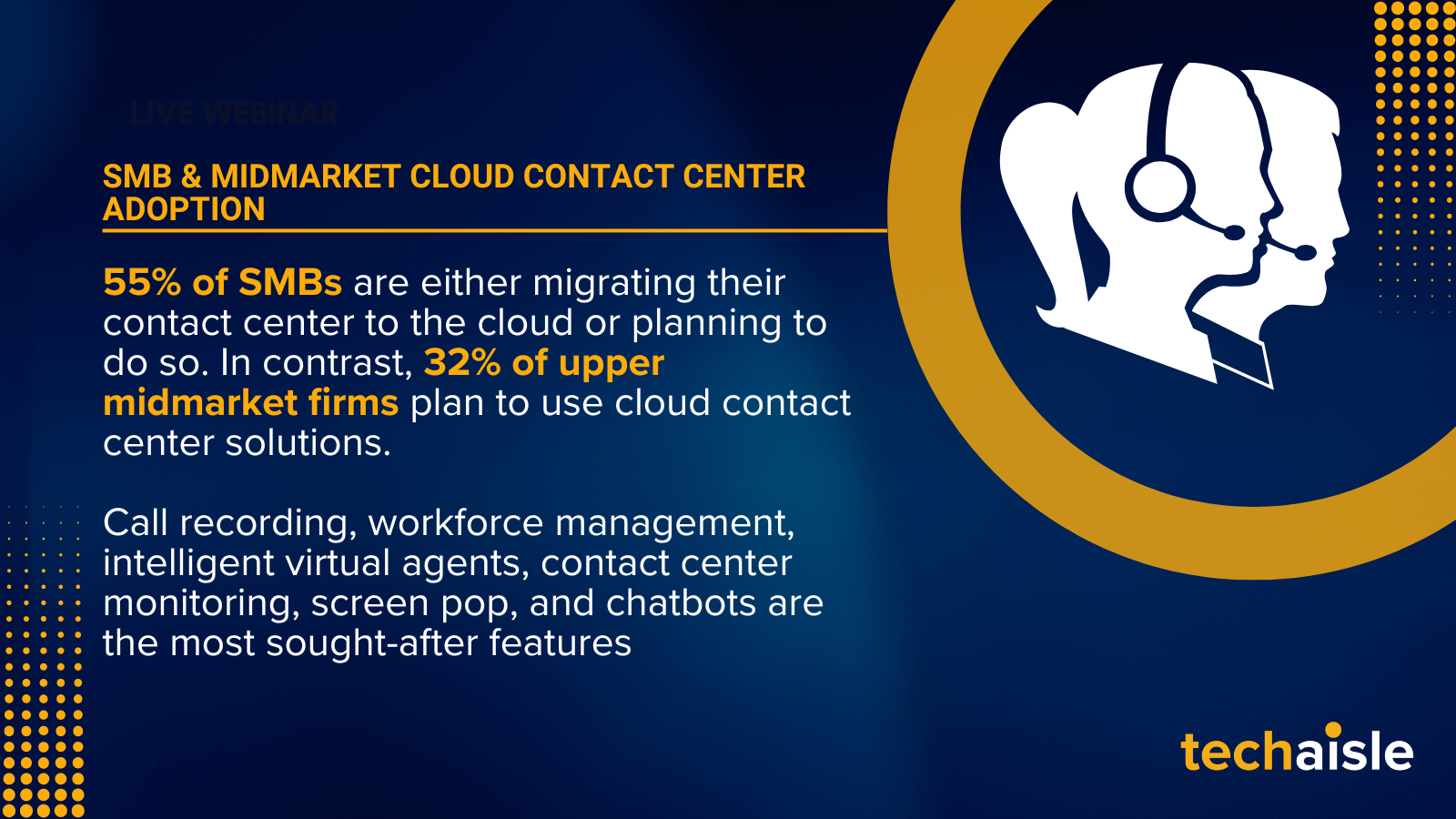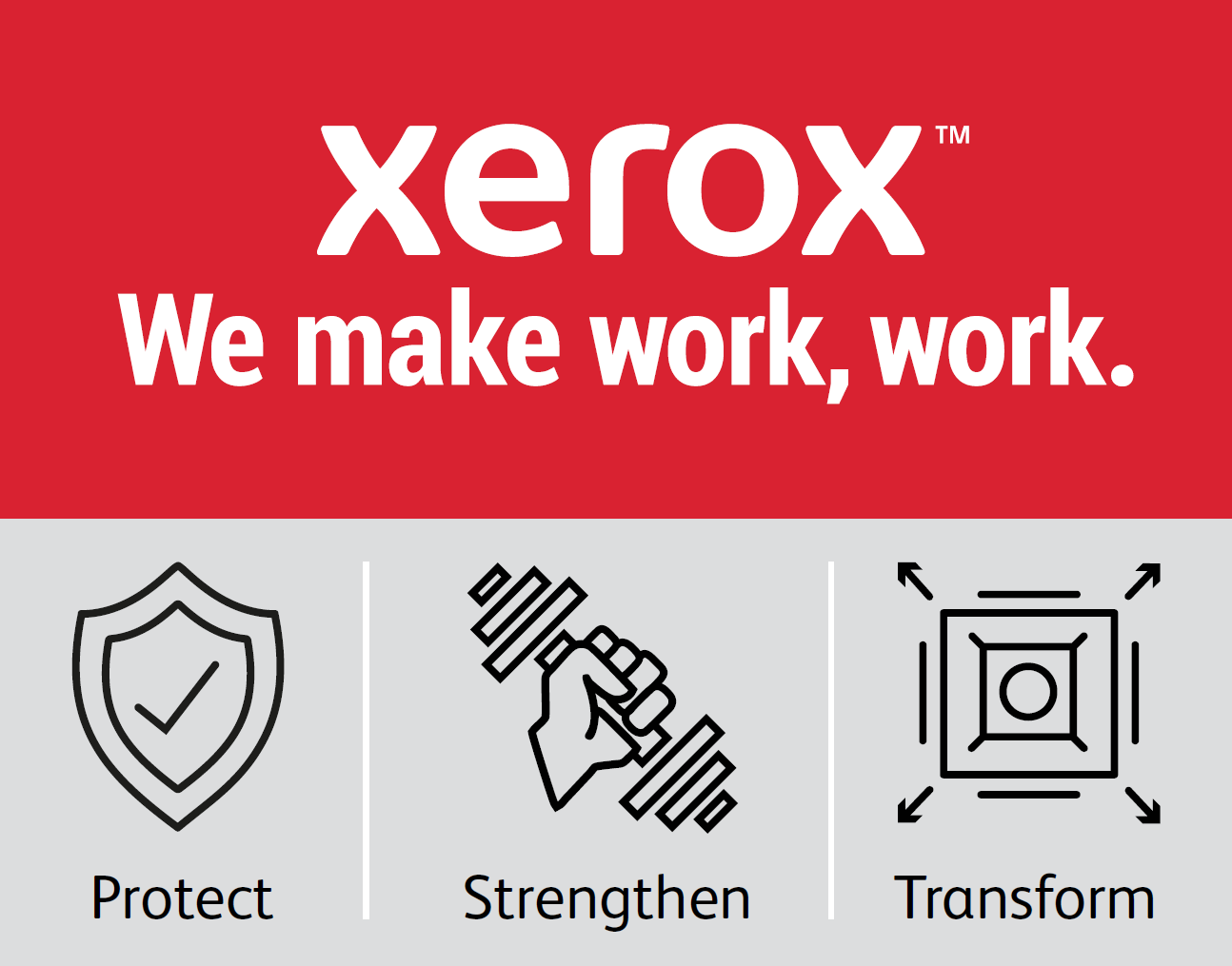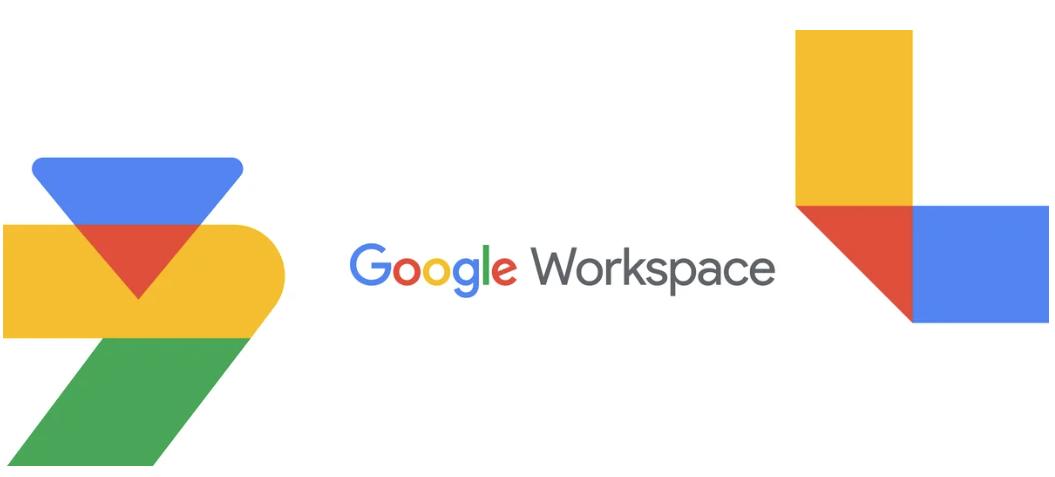Customer experience has become a key differentiator in today's competitive market, particularly for SMBs and midmarket firms. These companies, often with limited resources, are increasingly adopting contact center solutions to improve customer interactions and build loyalty.
Recent research by Techaisle, covering 2400 SMBs and Midmarket firms, indicates that 44% of small and medium-sized businesses (SMBs) and 48% of upper midmarket firms are prioritizing investments in customer experience (CX) solutions. Additionally, 55% of SMBs are either migrating their contact center to the cloud or planning to do so. In contrast, 32% of upper midmarket firms plan to use cloud contact center solutions. This trend underscores the growing recognition of the importance of delivering excellent customer service in a digital-first world.
Key Investment Areas for SMB and Midmarket Contact Centers
SMBs are investing heavily in contact center technologies to improve their CX capabilities. The research highlights the following areas as top priorities:
- IVR Voice, Video, Chat, Network Performance: A majority of SMBs (56%) are investing in technologies that enable seamless and efficient communication channels. This includes interactive voice response (IVR) systems, video conferencing, live chat, and robust network infrastructure. By automating routine tasks, IVR can improve efficiency and free up human agents to handle more complex issues. This enhances customer experience and reduces operational costs and staffing needs. Additionally, IVR systems can scale to accommodate growing call volume and provide insightful data for process improvement. Despite the benefits, implementing an effective IVR system can present challenges. The initial investment is a barrier for some SMBs, and designing a complex system has been daunting. Moreover, a poorly designed IVR system has frustrated SMB customers and damaged the brand. Integrating IVR with existing systems has also been challenging, and ongoing maintenance required to ensure proper functioning has been complex.
- AI Insights/Analytics for Agents: Leveraging artificial intelligence (AI) to provide agents with valuable insights and analytics is a crucial focus for 50% of SMBs. They feel that GenAI offers significant benefits in the context of contact center operations. SMBs and midmarket firms firmly believe that AI-powered tools will help agents better understand customer needs, resolve issues more efficiently, and personalize interactions. This leads to improved customer satisfaction and contributes to overall business growth and success. However, for early adopters, implementing AI insights has challenged SMBs despite its advantages. The initial investment in AI technology and the need for skilled personnel to manage and interpret the data have been barriers. Additionally, ensuring data quality and privacy is proving complex, and integrating AI tools with existing systems requires technical expertise. Moreover, the ongoing maintenance and updates of AI models to adapt to changing business needs and customer behaviors are unpredictable and time-consuming.
- App Integrations / CRM Integration: Integrating contact center solutions with other business applications, such as customer relationship management (CRM) systems, is vital for delivering a unified customer view. 47% of SMBs are prioritizing this integration. By merging contact center solutions with CRM systems and other business applications, SMBs hope to achieve a comprehensive and cohesive view of their customers. This integration facilitates seamless information sharing, mitigates data silos, and enhances customer service. With access to a complete customer profile, agents can provide more personalized and efficient support, heightening customer satisfaction and loyalty. Despite these significant benefits, integrating applications and CRM systems poses challenges for SMBs. The complexity of combining different systems, issues with data compatibility, and potential security risks have complicated implementation. Additionally, ensuring data accuracy and consistency across various platforms has been time-consuming and resource-intensive. Furthermore, the ongoing maintenance and updates required to keep integrations running smoothly necessitate technical expertise and time.
Must-Have Features for SMB Contact Center Solutions
To meet the evolving needs of SMBs and midmarket firms, contact center solutions must offer a range of essential features. The Techaisle research identifies the following as the most sought-after features:















